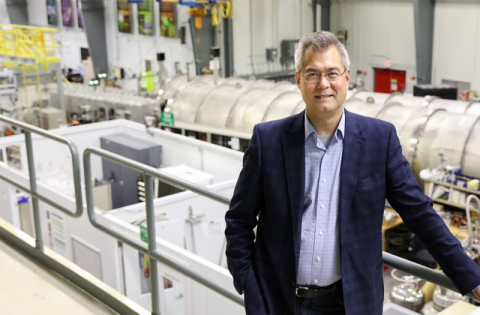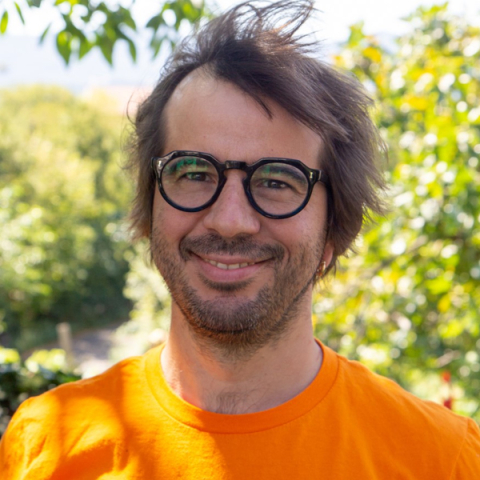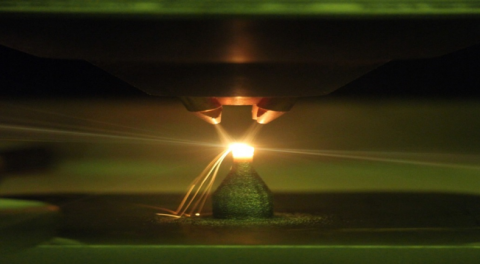Researchers are studying effects of aerosols on storms in the Houston area.

Ken Andersen is the associate laboratory director of the Spallation Neutron Source and the High Flux Isotope Reactor in Oak Ridge, Tennessee.

Anže Slosar looked back at the early universe, scaling up the Baryon Oscillation Spectroscopic Survey data for answers about dark energy.

DOE’s Office of Science is working to reduce the need for critical materials, recycle them, and expand domestic sources of them.
Berkeley Lab-led earthquake simulators angle to use exascale computers to detail site-specific ground movement.

Microelectronics projects will support more powerful supercomputing, explore new materials, foster advanced computing architectures, and more.

Nuh Gedik studies the behavior of topological insulators - materials that behave as insulators within but let electrons flow on the surface.

Through its 5G Initiative, the U.S. Department of Energy’s Office of Science is funding projects at the DOE national laboratories to demonstrate how advanced wireless will benefit fundamental science research.
Water in between the layers of birnessite makes capacitive behavior possible without causing significant structural change.
Oak Ridge’s Summit supercomputer simulates a shape-shifting protein that’s a key part of life’s machinery.

